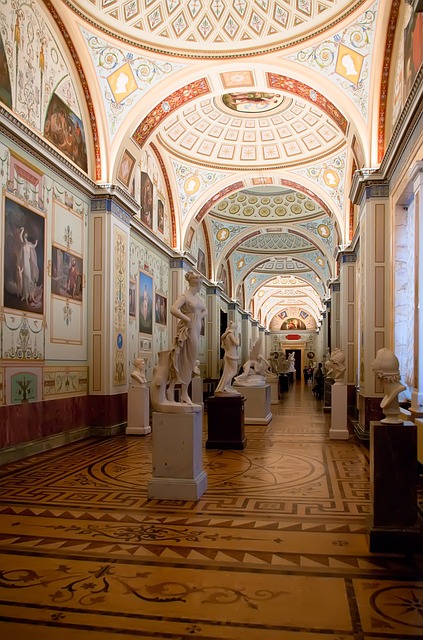Real estate professionals can play a pivotal role in preserving historic buildings by recognizing their cultural and economic value. By promoting these structures as valuable assets, they encourage investment in restoration projects, prevent demolition for new developments, and foster a deeper connection to local history and identity. Exploring the past through iconic buildings offers unique marketing opportunities, appealing to buyers who value heritage. Restoring historic properties not only contributes to sustainable development but often commands premium prices. Adaptive reuse strategies ensure these architectural gems are revitalized while preserving their unique character, attracting diverse residents and visitors for generations to come.
“Unveiling the rich tapestry of our pioneer past, historic buildings stand as silent witnesses to bygone eras. This article delves into the vital role of real estate in preserving these architectural gems. We explore how iconic structures reflect and preserve our heritage, while discussing sustainable preservation strategies. From protecting historical architecture to revitalizing old spaces, discover the profound impact of real estate in shaping our relationship with the past. Join us as we navigate through the meaningful intersection of history and property.”
Preserving Historical Architecture: The Role of Real Estate in Protecting the Past

The preservation of historic buildings is a delicate task, but one that real estate plays a pivotal role in facilitating. These structures, often landmarks in their own right, tell stories of our pioneer past, and their conservation ensures that these narratives remain intact for future generations to appreciate. Real estate professionals have a unique opportunity to contribute to this endeavor by recognizing the inherent value of historical architecture.
Many older buildings possess architectural nuances and craftsmanship that are both aesthetically pleasing and culturally significant. By promoting these properties as valuable assets, real estate agents can encourage their clients to invest in restoration projects rather than tearing them down for new developments. This approach not only preserves the physical structures but also fosters a deeper connection to the history and identity of a place.
Exploring Pioneer Heritage Through Iconic Buildings: A Real Estate Perspective

Exploring the pioneer past through iconic buildings offers a unique lens into our history, and this approach has significant resonance in the real estate sector. These historic structures serve as tangible connections to our ancestors’ struggles, innovations, and achievements. From log cabins that symbolize early settlement to grand architectural marvels of the industrial revolution, each building tells a story. Real estate professionals can leverage these narratives to market properties with historical significance, appealing to buyers who appreciate and value preserving our heritage.
In many cases, restoring and revitalizing historic buildings not only preserves our cultural legacy but also contributes to sustainable development. This is especially true for areas undergoing urban renewal or historic district revitalization. Investors in real estate projects that incorporate these iconic structures can benefit from both the aesthetic appeal and the growing demand for unique, historically preserved spaces. As a result, these properties often command premium prices and attract tenants who seek a distinctive work or living environment.
Revitalizing Historic Structures: Real Estate Strategies for Sustainable Preservation

Revitalizing historic structures is a key strategy in real estate for sustainable preservation. Many ancient buildings, once bustling with life and history, now stand as silent witnesses to the past. However, through innovative real estate strategies, these architectural gems can be transformed into vibrant, functional spaces that cater to modern needs while preserving their unique character.
One approach is adaptive reuse, where existing structures are thoughtfully reprogrammed for new purposes, such as converting old factories into lofts or transforming historic homes into boutique hotels. This not only gives new life to these buildings but also generates economic value and attracts a diverse range of residents or visitors. Real estate developers play a crucial role in identifying the potential of these sites and facilitating the necessary renovations with sensitivity to their historical significance, ensuring that they stand for generations to come.






